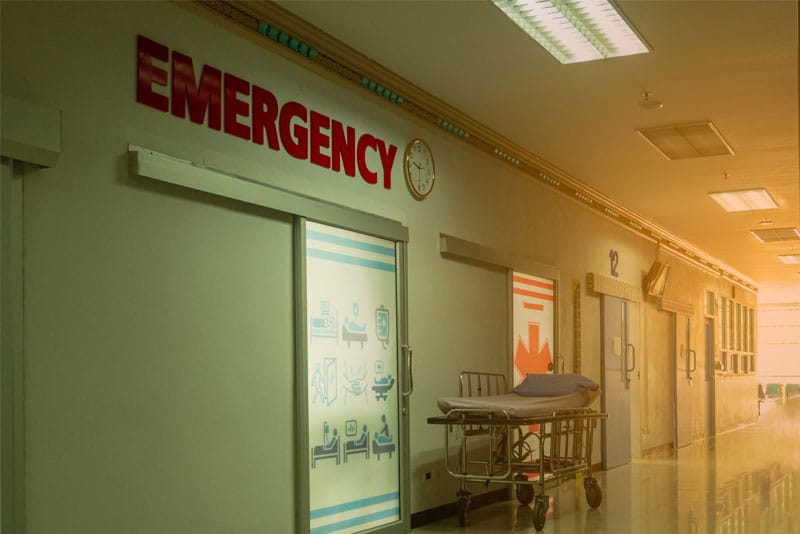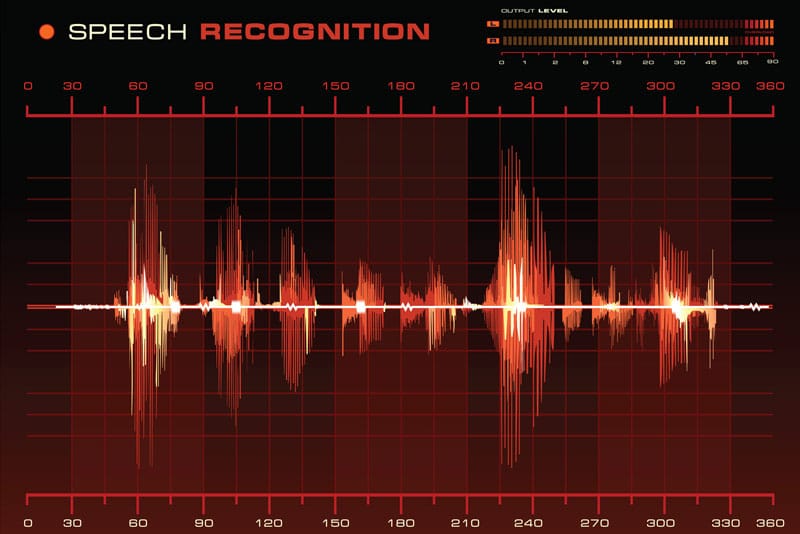 Medication errors can happen in all clinical settings. However, the busy environment and fast-paced care offered in the emergency room (ER) in hospitals enhance the probability of errors. No matter how trained and experienced the emergency room physicians may be, they can likely make mistakes resulting in serious injuries that may complicate an existing medical condition or lead to death. Prescription errors account for nearly 7,000 deaths per year in the ER. In most cases, medication errors happen due to poor physician handwriting, doubt over drug names and measurements, and poor packaging designs. With an objective to find a feasible solution for this rising problem, ER physicians are requesting a pharmacist to be present in the room so that they can help to review each medication given and ensure correct dosage.
Medication errors can happen in all clinical settings. However, the busy environment and fast-paced care offered in the emergency room (ER) in hospitals enhance the probability of errors. No matter how trained and experienced the emergency room physicians may be, they can likely make mistakes resulting in serious injuries that may complicate an existing medical condition or lead to death. Prescription errors account for nearly 7,000 deaths per year in the ER. In most cases, medication errors happen due to poor physician handwriting, doubt over drug names and measurements, and poor packaging designs. With an objective to find a feasible solution for this rising problem, ER physicians are requesting a pharmacist to be present in the room so that they can help to review each medication given and ensure correct dosage.
A new study reports that the Children’s Hospital in Dallas has put in ten pharmacists on staff role in the emergency department who review each medication and ensure that it’s the right one prescribed in the correct dosage. The primary aim of this new initiative is to lessen the risks of adverse events and to reduce costs. Often, the emergency room is a high risk area wherein several medications (different doses) are given to the patients instantaneously. Hence, having a pharmacist to review those medications before they are given to patients ensures additional safety.
The report signifies that this extra review done by pharmacists is crucial for a children’s hospital as they are more on prescription drugs and three times more likely to suffer from drug errors than adults. As part of this new initiative, the pharmacists check about 20,000 prescriptions during any week, and review the child’s weight, allergies, medications and health insurance.
The move on the part of the Children’s Hospital in Dallas has encouraged many other hospitals to appoint a pharmacist in their emergency departments. Moreover, the services of trained and experienced medical transcriptionists are also sought for accurate documentation of medical details.
In addition, automatic spell checkers are integrated into electronic medical records (EMR) systems to prevent errors. As per a study published in the “Annals of Emergency Medicine”, even with an EMR system nearly 25 percent of children’s prescriptions had errors, as did 10 percent of adults. Having a pharmacist in an emergency room is certainly a good option to eliminate prescription drug errors; but it may not be cost-effective for those hospitals having smaller ER. However, experts in this field say that this option helps to reduce long term costs thereby preventing future hospital admissions for prescription errors.


